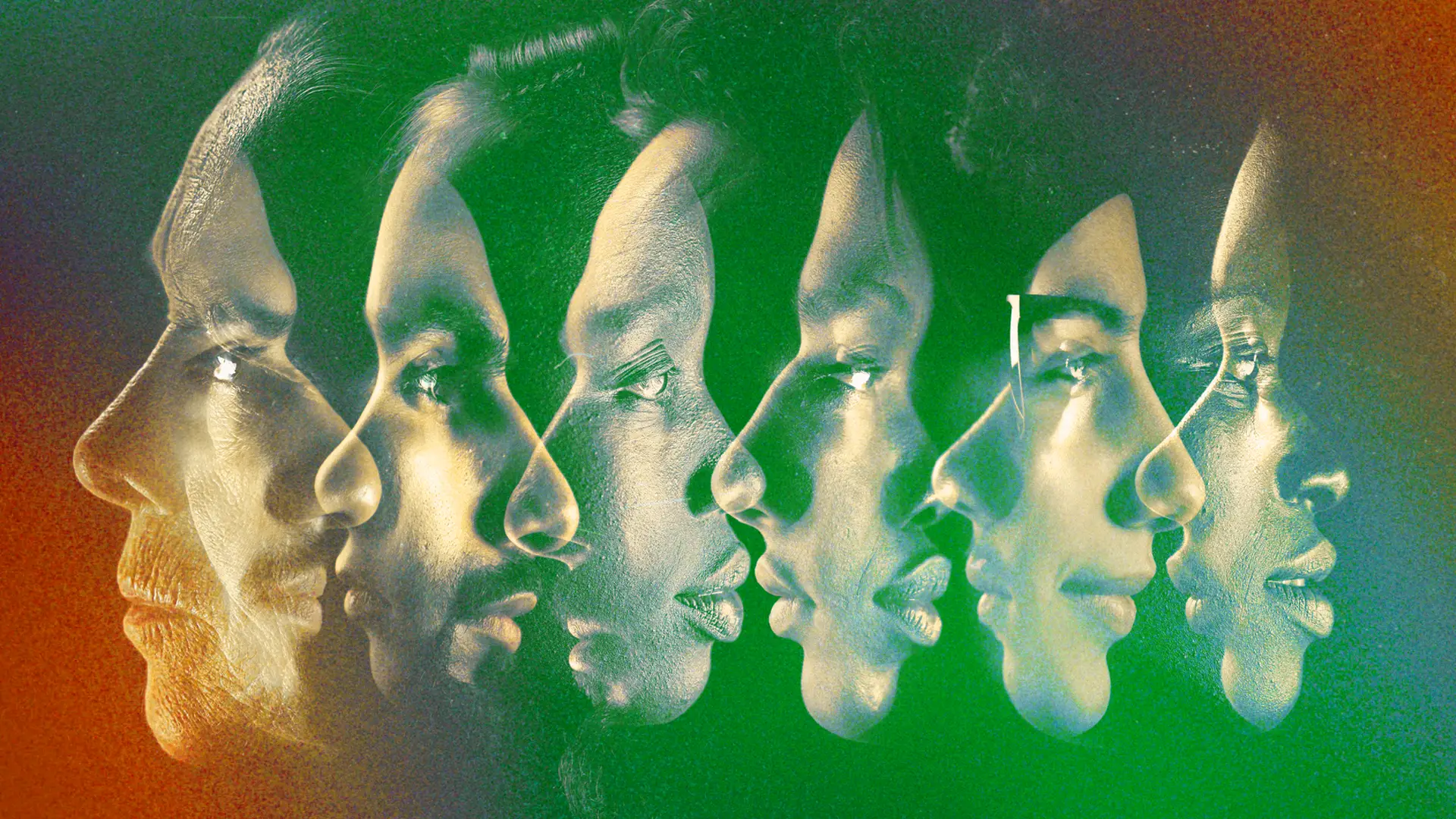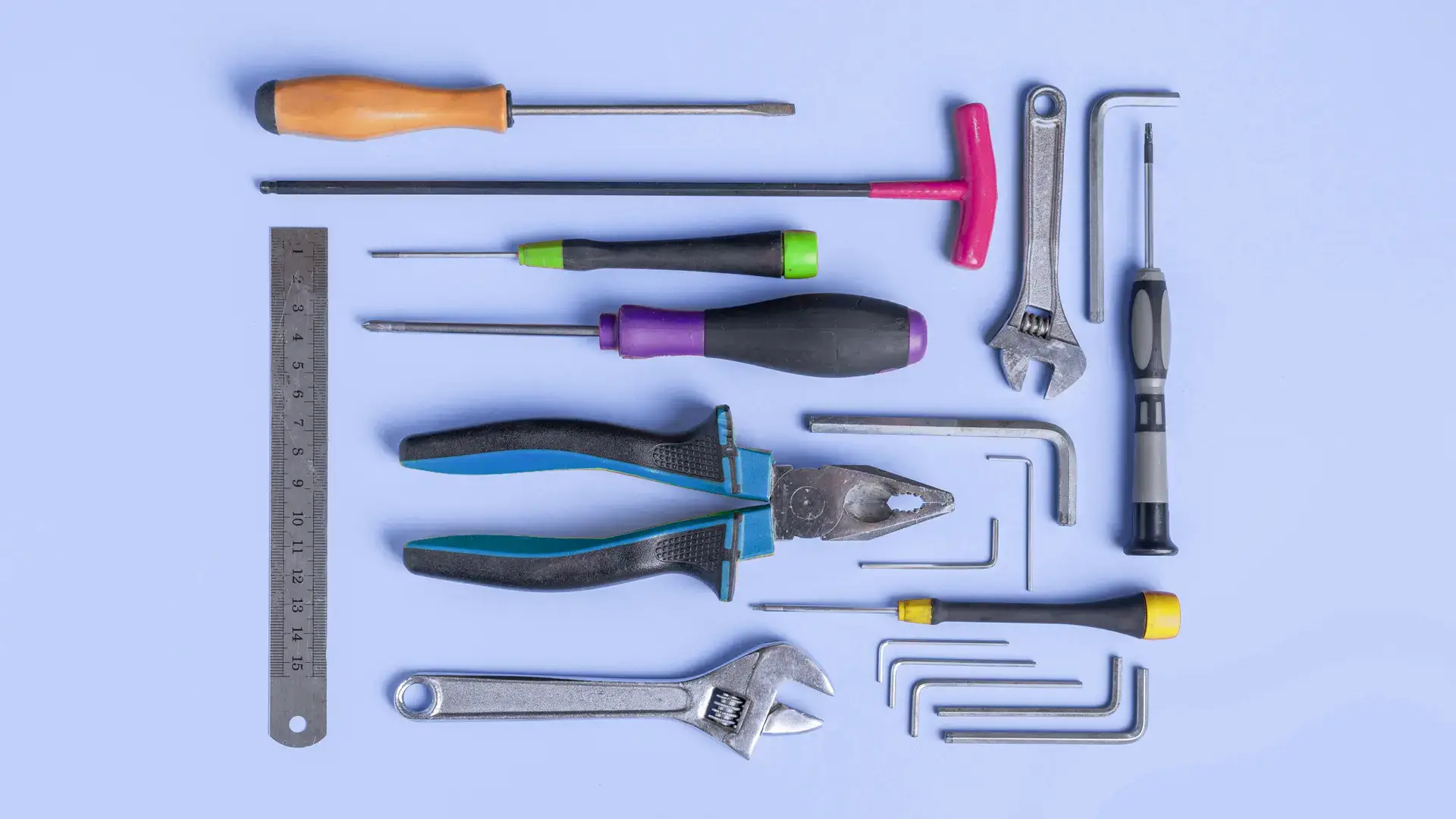

Key Takeaways
- Effective language is key in diversity recruiting.
- Representation means reflecting demographics in participation, leadership, and decision-making.
- Diversity recruiting tools increase representation for underrepresented populations.
- Prioritize underrepresented areas and create inclusive recruiting strategies.
- Diversity can be increased through targeted discussion about expanding representation among particular populations.
This article from Jenn Tardy is about how to improve your diversity recruiting strategy and move the needle forward. To learn more about how to improve your organization's diversity, equity, and inclusion, check out these new guides: Helpful Diversity Recruiting Strategies You Need To Know and Diversity Recruiting Tools to Match Your Organization.
In diversity recruiting, there are two things that are important to understand. First, diversity is a noun that means variety. It is not a euphemism to define people who are different from the mainstream, dominant, or cultural norms. Second, diversity cannot inherently be within one person. In other words, Indigenous men, for example, are not inherently diverse. Diversity and the state of being diverse is in context to others. Diversity is between and among individuals only.
Here is the takeaway that I want you to remember. Effective language is important. The language that we use has the power to move us all forward, but it also has the power to leave some of us feeling behind and left out. It is why increasing diversity can feel like such an uphill battle. It is hard to support an initiative that feels like in order for one group to move forward, another group must be left behind.
One of the first things that we can do to create a more effective DEI recruiting program is to begin using more effective language and using diversity in the right context. Once this is in place, the second action that can be taken is to be clear about your DEI recruiting strategy.
Here is what I mean. Two of the biggest challenges we face while working to increase diversity include:
- We teach our recruiters that being diverse is a euphemism for being a woman, person of color, person with a disability, or someone who identifies as LGBTQ+, for example. We teach them that being diverse is being anything other than a cis-gender, able-bodied, heterosexual, white male.
- As leaders, we then tell recruiters to go out and increase diversity—with no strategy or roadmap in place.
When both of these actions happen in the workplace, especially within the tech industry, historically, white women have been the beneficiary of DEI recruiting strategies.
A more effective strategy is to teach all who are on the front lines of increasing diversity (i.e., recruiters, hiring managers, and executive leaders) that diversity includes everyone and that the best approach to increasing diversity includes first understanding representation.
Representation means ensuring that population demographics are appropriately reflected in participation, leadership, decision-making, etc. Ask this question: who is well represented in your workplace and who is not?
I invite you to start by thinking about populations through a historical lens. Historical workplace underrepresentation in the United States looks like women, people of color, veterans, people with disabilities, and the LGBTQ+ populations. Globally, however, historical underrepresentation looks different.
Here are three scenarios that can aid your understanding of the word representation:
- To be well-represented means that the percentage represented of a specific population in your workplace at least matches the availability of the same population in the workforce.
- When the population represented in your workplace is greater than the population available in the workforce, they are overrepresented.
- When the population represented in your workplace is lesser than the population available in the workforce, they are underrepresented.
The goal of truly effective diversity recruiting programs is to increase representation among specific underrepresented populations. In your workplace, among historically underrepresented populations, where are you currently underrepresented? This moves the conversation away from a blanket statement of increasing diversity that could be viewed as anyone but white men—toward a conversation that spotlights present workplace underrepresentation.
With a strategy like this, your recruiters become more laser focused and can begin creating recruiting strategies that include marketing and sourcing in new spaces that are overrepresented for populations where your workplace is underrepresented. In addition, recruiters can now educate themselves on ways in which bias shows up in the hiring process that tends to specifically impact the same populations. There can be measures put in place to mitigate and disrupt the bias.
While you are on the front lines of helping to increase diversity at your organization, I want to challenge you with your very next step. Once you have completed reading this blog post, I want you to learn more about where your workplace has been tripping itself up while trying to meet the initiative to increase diversity. Is it that you are unsure of exactly where your workplace is underrepresented? Is it that your workplace still speaks of diversity recruitment as a blanket statement with no action plan? Or could it be that your workplace still uses the word ‘diverse' as an adjective that marks and “others” populations? When everyone is on the same page about increasing diversity through a more focused conversation of increasing representation among specific populations, it makes it much easier to move the needle.
Related

Great brand collaborations are the best to strengthen identity.
Design & Experience, Insights & Trends, Marketing & Creative, Beauty and Fashion

Consumer demand and policy are driving EV market growth.
Development & Technology, Insights & Trends, Automotive

Are you missing opportunities to improve health screenings?
Design & Experience, Marketing & Creative, Health


